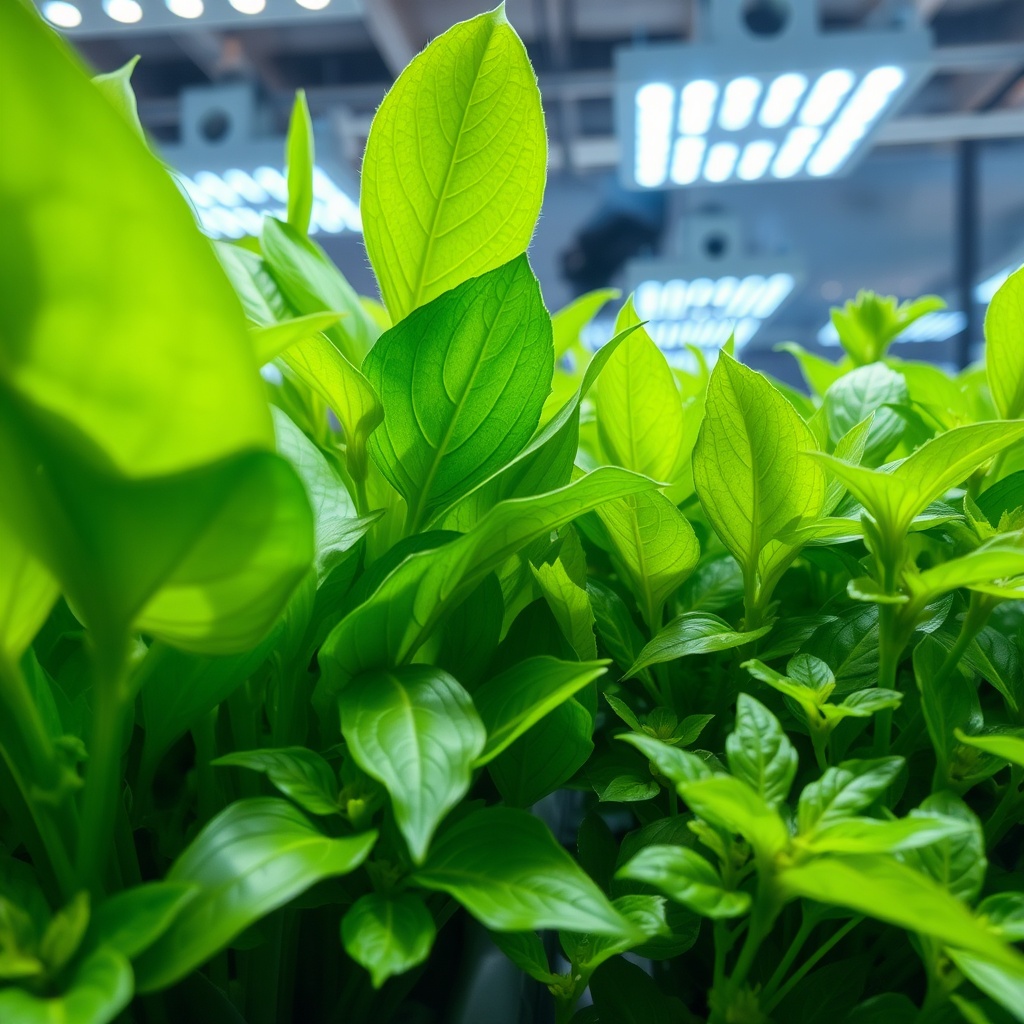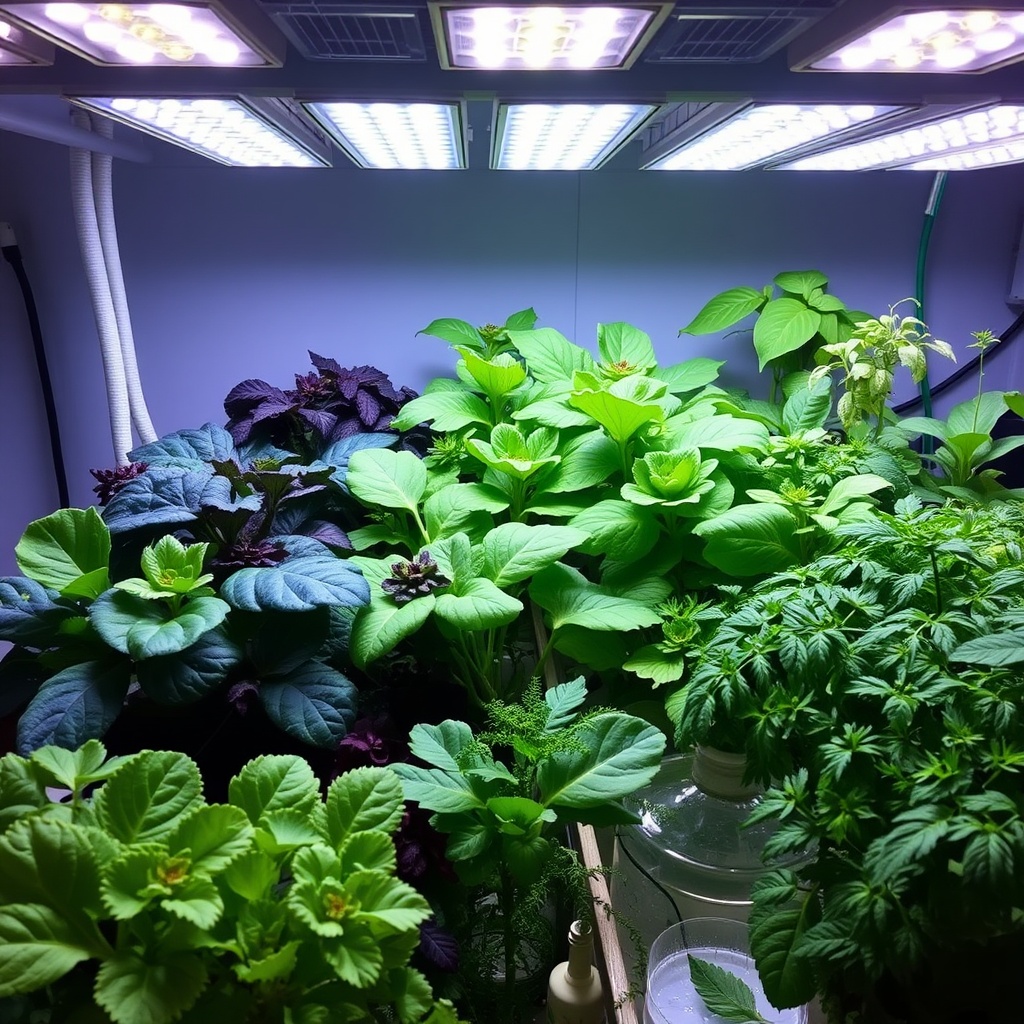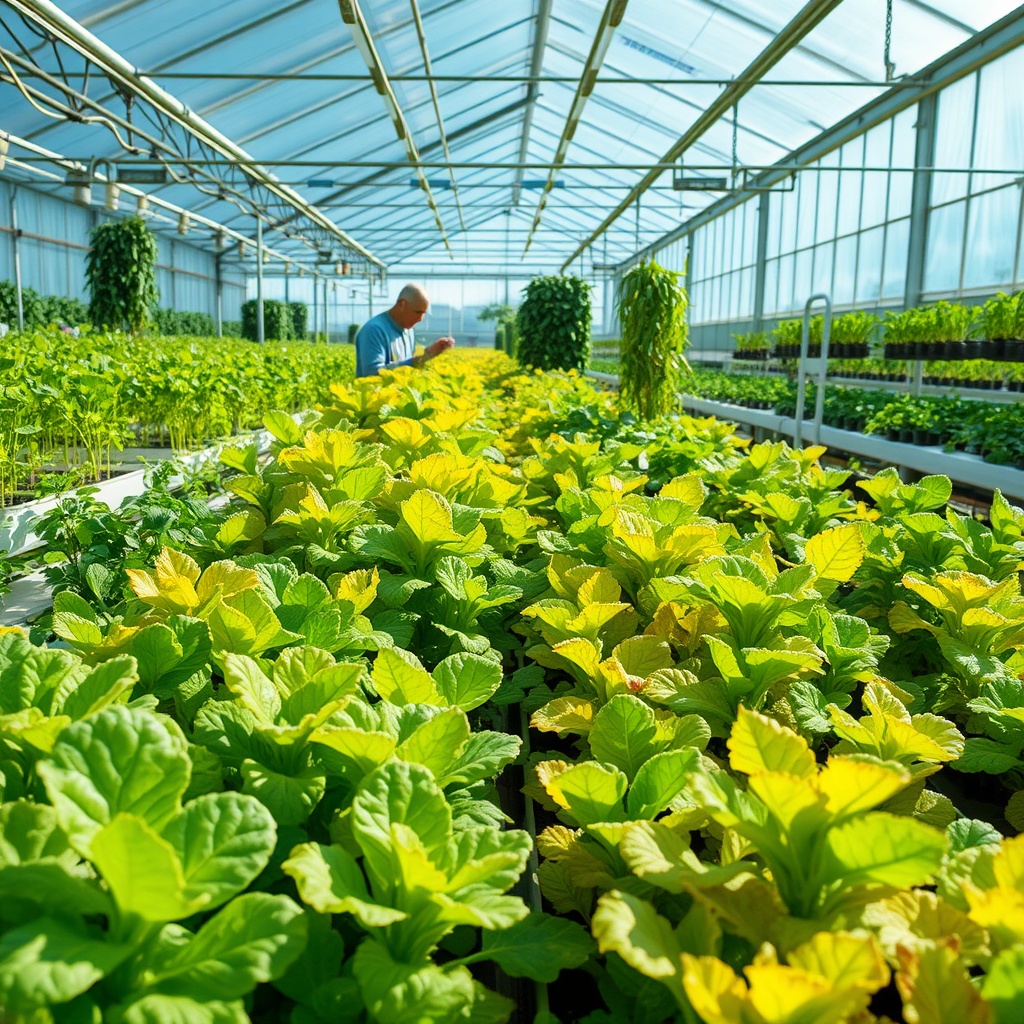Understanding the Role of Potassium in Hydroponics
Potassium is often dubbed the ‘quality nutrient’ in hydroponic systems, playing an essential role in plant health and productivity. Its significance extends beyond mere growth; it regulates various physiological processes, including photosynthesis, enzyme activation, and water regulation. Without adequate potassium levels, plants can suffer from stunted growth, poor fruit quality, and reduced resistance to diseases. Therefore, addressing potassium deficiency is paramount for hydroponic growers striving for success.
Identifying Potassium Deficiency Symptoms
Before you can solve a problem, you must first recognize its symptoms. Potassium deficiency can manifest in several ways, and being able to identify these signs early can save your crop. Common indicators include yellowing of leaf edges, browning tips, and poor fruit development. In severe cases, plants may exhibit wilting, reduced growth rates, and overall poor health.
- Yellowing Leaves: A telltale sign where older leaves turn yellow while new growth remains green.
- Browning Leaf Tips: The edges of leaves may brown, signaling a lack of potassium.
- Fruit Quality Issues: Inadequate potassium leads to poorly developed or bruised fruits.
Implementing Solutions for Potassium Deficiency
Once you have identified potassium deficiency in your hydroponic system, the next step is to implement effective solutions. Here are some innovative strategies to replenish potassium levels:
- Adjust Nutrient Solution: Regularly check and adjust your nutrient solution to ensure it contains adequate potassium levels.
- Utilize Organic Additives: Consider incorporating organic sources of potassium, such as kelp meal or compost teas, to enhance nutrient availability.
- Monitor pH Levels: Maintaining optimal pH levels (5.5-6.5) ensures that potassium remains soluble and accessible to plants.
By employing these strategies, hydroponic growers can effectively combat potassium deficiency, ensuring robust plant growth and bountiful harvests.




